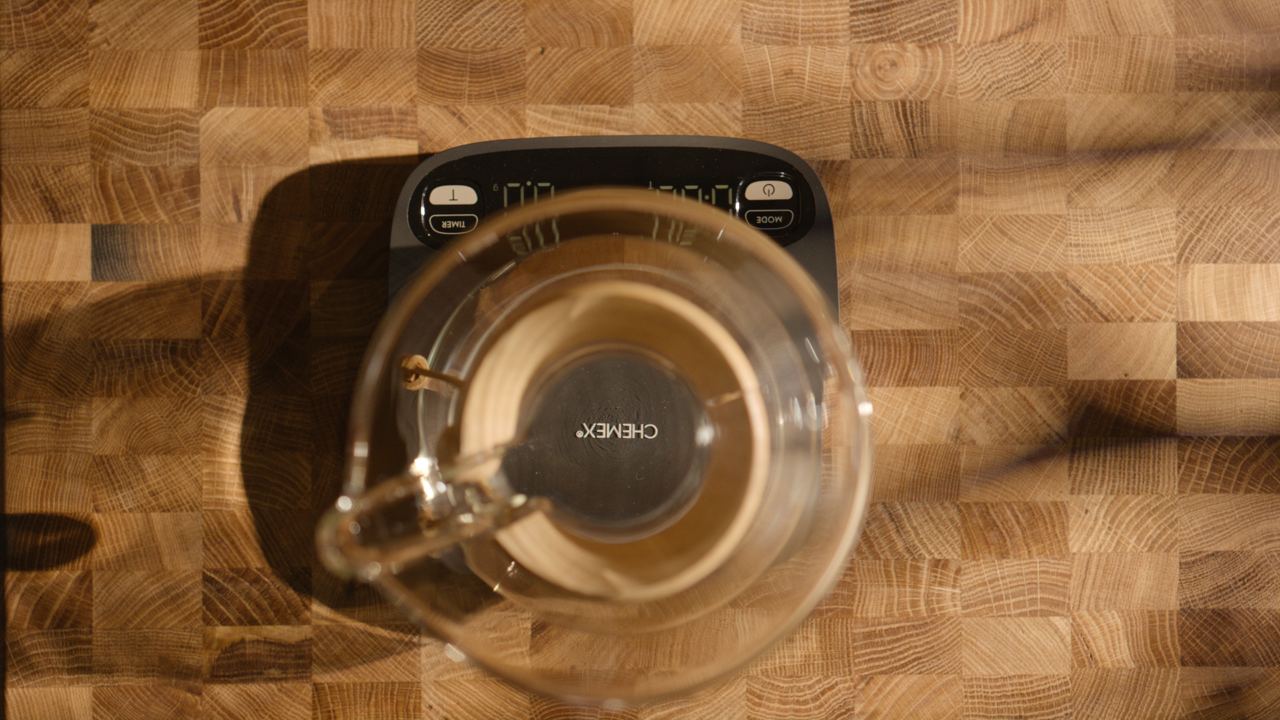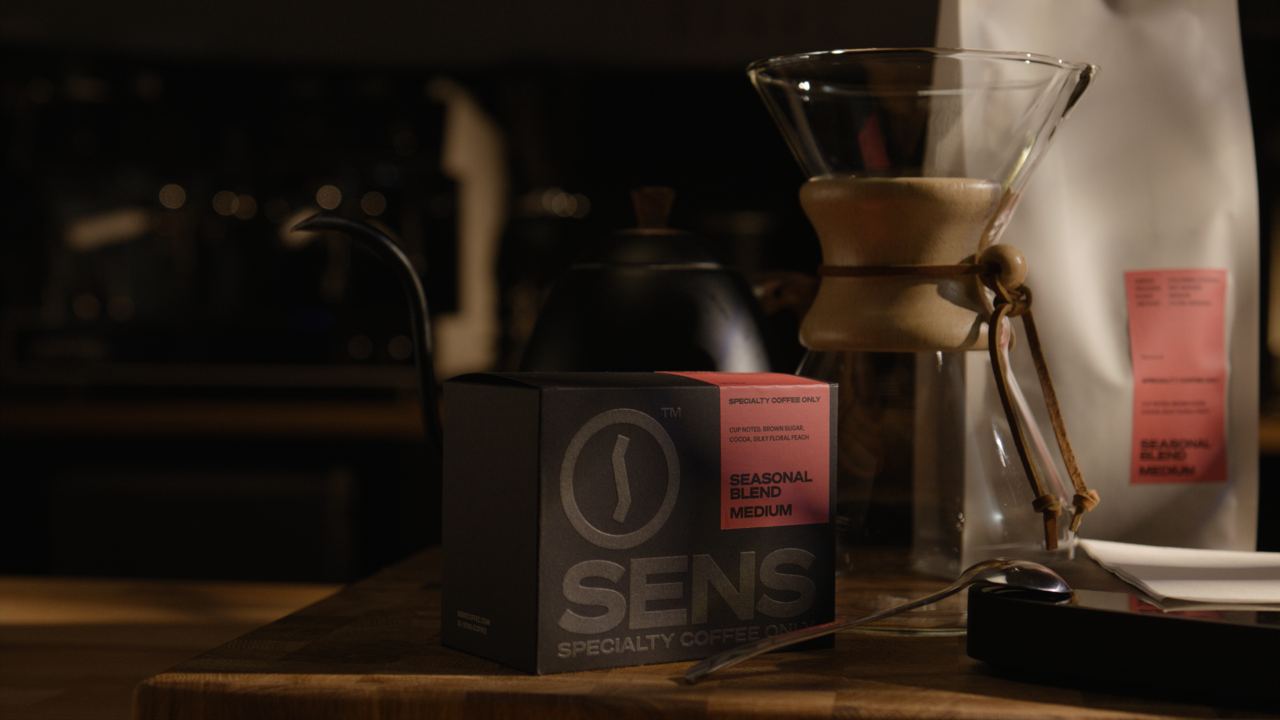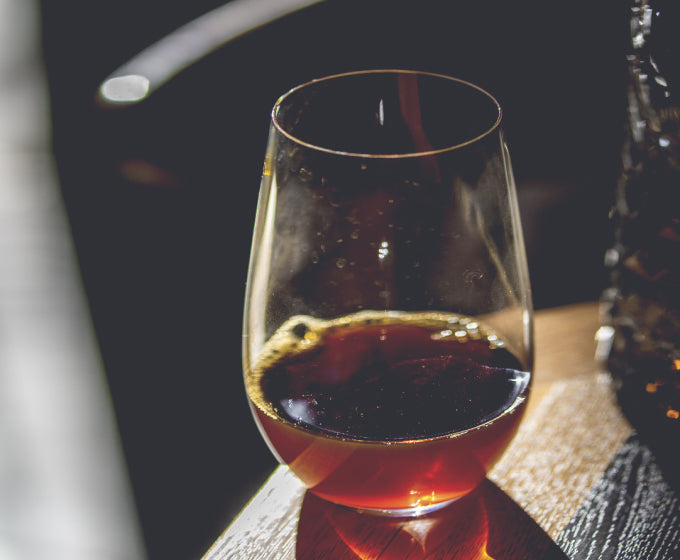January 9, 2025
As we step into 2025, rising coffee prices are making headlines worldwide. Reports suggest that in some markets, like Australia, a single cup of coffee could cost as much as AU $12 by the end of the year. While this raises concerns among consumers, global coffee consumption is projected to grow, presenting both opportunities and challenges for the coffee industry.
Global Coffee Consumption Continues to Rise Despite Higher Prices
The coffee industry faced a tough year in 2024, with weather-related supply shortages in Brazil and Vietnam pushing arabica and robusta prices to record highs. Export uncertainties, driven by new regulations like the European Deforestation Regulation (EUDR), added to the volatility, tightening margins across the supply chain.
Looking ahead, market analysts expect global coffee consumption to increase by 3 percent in 2025, reaching over 168 million 60kg bags. Even with the threat of higher prices, coffee remains a daily ritual for many, especially younger generations who view it as a lifestyle essential rather than just a caffeine fix.
Gen Z and Millennials are driving this growth, explains Darleen Scherer, founder of Black Sheep coffee consultancy. They’re starting to drink coffee at younger ages, prioritizing authenticity and personal connections with the brands they support. This demographic is willing to pay more for experiences and customized beverages that align with their values.
Big Chains Bank on Growing Demand
Major coffee chains are leveraging their established market presence to navigate rising costs. Strong brand loyalty ensures their customer base will likely remain intact, even as prices rise. Companies are doubling down on marketing campaigns and collaborations to attract younger consumers, who are driving much of the demand.
For example, Dunkin recently partnered with singer-songwriter Sabrina Carpenter to promote its Brown Sugar Shakin’ Espresso. Carpenter’s strong Gen Z fan base aligns with Dunkin’s strategy to target younger coffee drinkers who value little treat indulgences.
Chains are emphasizing customization and unique offerings to justify premium prices, Scherer says. They’re also using social media and celebrity partnerships to create viral moments that resonate with their audiences.
Starbucks has similarly benefited from the growing popularity of brown sugar beverages, capitalizing on flavor trends inspired by the Asian bubble tea market. These experiential offerings appeal to younger consumers looking for more than just a standard coffee experience.
Specialty Coffee Shops Face New Hurdles
While large chains may weather rising costs with ease, specialty coffee shops and roasters face a different reality. These businesses rely on smaller volumes of high-quality coffee, making them more vulnerable to market volatility. Increasing retail prices without alienating customers will be a delicate balancing act.
A recent report from the UK described running an independent coffee shop as near impossible due to high coffee prices, wage increases, and rising taxes. Many specialty brands may find it challenging to compete with the perceived value and convenience offered by larger chains.
However, Scherer believes independent coffee shops and roasters can differentiate themselves by leaning into their authenticity. Consumers are looking for more than just a great cup of coffee—they want to connect with the story behind it, she explains.
How Specialty Coffee Can Stand Out
To thrive in 2025, specialty coffee shops need to focus on building strong, personal connections with their customers. Scherer suggests sharing the story of the brand’s founder, showcasing direct relationships with coffee farmers, and highlighting the unique qualities of their offerings.
Social media is a powerful tool for smaller coffee businesses, she says. Share behind-the-scenes moments, community events, and stories that reflect your values. Authenticity resonates deeply with today’s consumers—up to 91 percent of them are more likely to support brands they perceive as genuine.
Additionally, smaller roasters should prioritize quality over price. Offering signature drinks and creating community-focused experiences can help build loyalty and set them apart from larger competitors.
Looking Ahead
Despite rising prices, the global appetite for coffee is expected to grow in 2025. Big chains are well-positioned to capitalize on this trend with large-scale marketing efforts and strong brand loyalty. Meanwhile, specialty coffee businesses must focus on authenticity and innovation to compete in a rapidly evolving market.
By emphasizing their unique stories and commitment to quality, independent coffee shops and roasters can build lasting connections with their customers, ensuring they remain relevant in a competitive industry.






